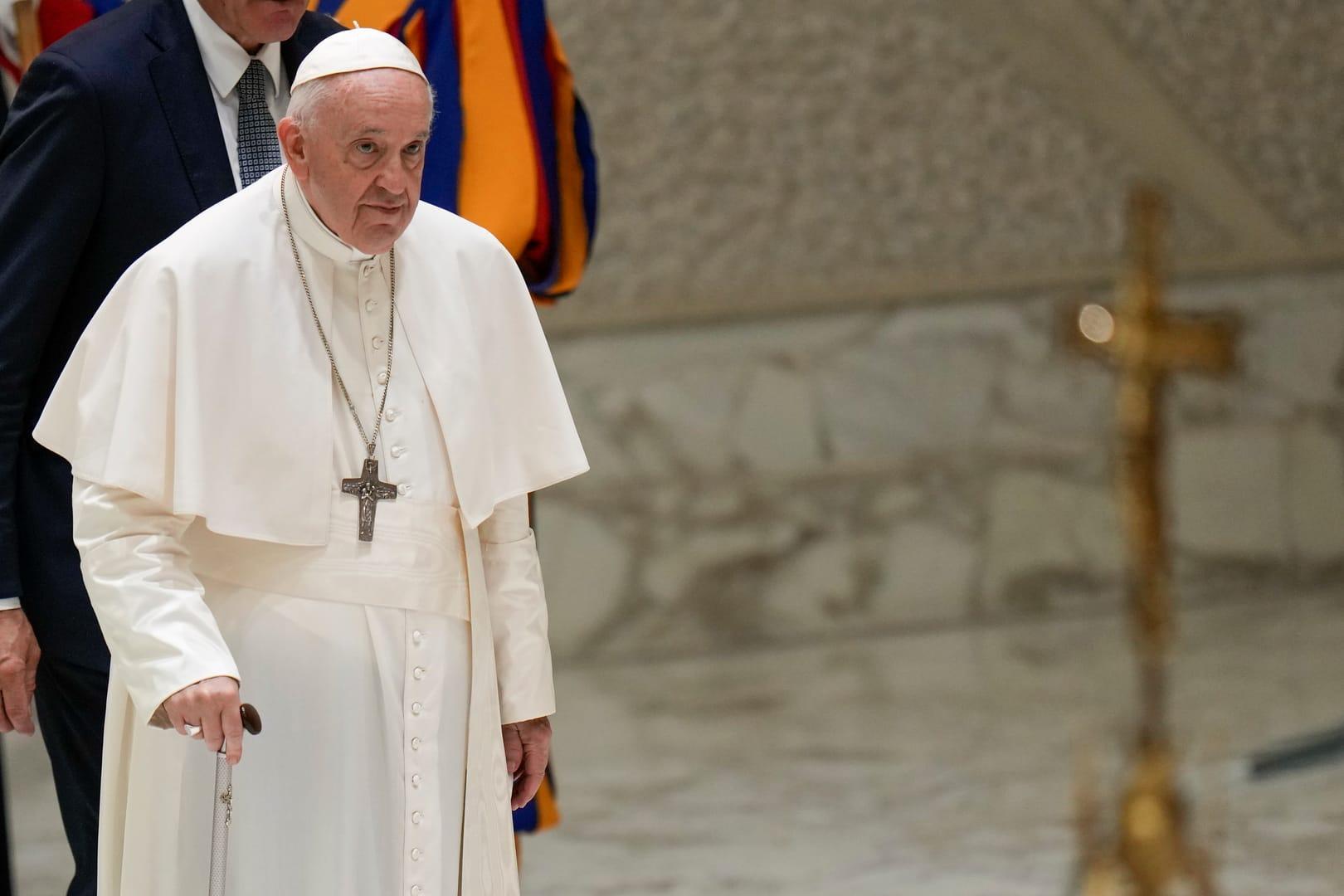ROME – It’s said of the pope that he doesn’t understand the United States, and that what he does get, he doesn’t especially like. Many of his bishops’ appointments seem deliberately calculated to upset the dominant ethos of the American church, and some of his policy decisions also seem designed to challenge certain aspects of the American Catholic experience.
Senior American bishops complain, some out loud and many more sotto voce, that the pope is getting bad advice on the U.S., listening to the wrong people and making serious mistakes.
This could easily be a description of Pope Francis right now, especially in light of the fact that a prominent American archbishop recently went on record as claiming, “I think the pope doesn’t understand the U.S., just as he doesn’t understand the church in the U.S.”
However, it’s actually a description of the liberal American Catholic take on Pope John Paul II during the 1980s and 1990s, when the Polish pontiff appointed a series of conservatives to major American dioceses – John O’Connor in New York, Bernard Law in Boston, Edmund Szoka in Detroit, to name a few – in what many observers took to be a deliberate repeal of the center-left, “seamless garment” approach associated with Cardinal Joseph Bernardin of Chicago.
John Paul II also issued several documents, including a 1997 instruction on lay ministry, which many liberal American Catholics took to be directed at practices that had grown up in the U.S. after Vatican II, including the de facto administration of some parishes by lay ecclesial ministers.
It was said of John Paul II in some U.S. Catholic circles that as a Pole, he couldn’t understand the democratizing instinct in American Catholic life, the strong American emphasis on church/state separation, or American Catholicism’s lay-led congregationalist origins. Critics felt he was trying to impose a clericalist Polish model on the American church.
One could go even farther back in tracing the history of American Catholic complaints that the pope “doesn’t get us.” When Leo XIII condemned a cocktail of modernist propositions he called “Americanism” in 1899, for example, the very same thing was said – the pope doesn’t understand us and is getting terrible advice, leading him astray.
All this is relevant in light of a recent interview with Archbishop Joseph Naumann of Kansas City-Kansas, long among the most ardent pro-lifers in the U.S. bishops’ conference.
Naumann told the German newspaper Die Tagespost last Wednesday that Pope Francis just doesn’t understand the U.S. or the American Catholic Church.
“His advisers and the people surrounding him have completely misinformed him,” Naumann said.
Specifically, Naumann objected to the way the Vatican has handled controversies surrounding U.S. President Joe Biden and House Speaker Nancy Pelosi, both of whom describe themselves as faithful Catholics despite their support for abortion rights. Naumann pointed to the fact that Pelosi recently received communion at a papal Mass in Rome after having met the pontiff, saying the gestures had been “politically exploited.”
“In doing so, Francis is doing exactly what he warns others not to do,” Naumann said.
Predictably, Naumann’s comments brought demurrals from papal loyalists.
Italian Jesuit Father Antonio Spadaro, among the pontiff’s closest advisors, tweeted this: “If a #bishop of a Country says that the #Pope does not “understand” the #Church in his Country perhaps he is simply saying that he does not want to understand the Holy Father and is in blatant disagreement with him.”
Jesuit Fr. James Martin, a close American ally of Francis, also joined the Twitter chorus: “I think the Holy Father understands the Church in the US all too well.”
Two observations suggest themselves.
First, it’s legitimate to ask how well anyone who doesn’t hail from a particular place can ever truly understand it. I’ve lived in Italy off and on for the better part of 25 years, and yet almost every day I learn new subtleties – what the Italians call sfumature – which challenge some assumption I’d made long ago.
That said, by the time any prelate gets to be pope these days, they’ve had a lifetime to think about the United States, to make American friends, to watch America’s role in the world, and to develop impressions of the American church. All popes today are reasonably well-informed about the situation in the States, and, if they want to know more, it’s not difficult to find people to ask.
Second, for anyone with a sense of history, Naumann’s comments can’t help but seem cyclical.
After Vatican II, a progressive, reform-oriented center of gravity developed in the American church. It came under challenge during the John Paul II-Benedict XVI years, with supporters of the older model complaining the “pope doesn’t get us.” Now the shoe’s on the other foot and it’s the conservatives, once the Young Turks but now the old guard, grousing about papal incomprehension.
It’s entirely possible that after another decade or so, when Pope Francis’s American appointments represent the tone-shaping majority and they come under stress from another new pope, they’ll issue the same complaints, too.
The bottom line is that new administrations bring change, and for those invested in the way things used to be, it’s natural to seek explanations to soften the blow, such as blaming misunderstanding rather than informed choice.
However, the hard truth is that popes are not naïfs, and while none of them may be Alexis de Tocqueville, by now they all have a basic understanding of American, and American Catholic, dynamics. To the extent they challenge those realities, it’s usually on purpose – for better or for worse, in other words, it’s an “eyes wide open” situation.






